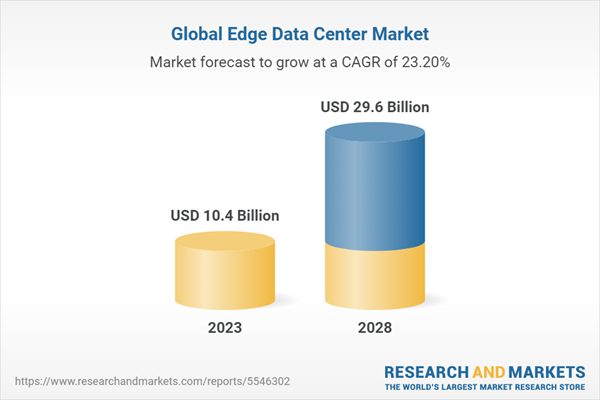At first glance, data centers have been the same for decades: big structures that house countless servers, racks, and hard drives, connected by millions of wires and cables. In reality, however, data centers are one of the fastest-changing assets in technology and modern communication.
Think about it this way: every time a new app category becomes popular or a new technology emerges (like AI, most recently), data centers have to support the additional data that flows in and out of them, as well as the computational power required by newer and more demanding technologies.
Edge computing brings computation and data storage closer to the sources of data generation and, in doing that, also revolutionizes modern data centers. Let’s see how that is happening.
What Is Edge Computing and Why Does it Matter So Much for Data Centers?
Edge computing is a relatively new type of IT infrastructure where the data is processed as close to its point of origin as possible—or at the “edge” of the network, hence the name.
In a traditional public cloud setting, for instance, the data would leave your computer, “fly” across the world to your data center where it’s processed and stored, and then “fly” back to you when you need to access it again.
Edge computing reduces the distance your data needs to travel by handling processing and storage where you generate the data or as close to that location as possible.
You can read more about edge computing and how it works here.
Modern data centers have adapted and started using edge computing to respond to the increasing need for speed, accessibility, and security. This is why the demand for edge data centers is increasing at a faster pace than ever.

Heartland Technology Data Center is a Midwest edge data center. Located in Jesup, Iowa, we cater to all the nearby metros, supplying businesses and consumers with faster, more reliable data access.
Contrary to popular belief, edge data centers are not a perk reserved for Fortune 500 companies.
Why Do SMBs Need Edge Data Centers?
To answer this question, let’s take a quick look at the biggest benefits of edge computing:
- Enhanced performance: data processing and access are much faster with edge computing
- Real-time data processing: yes, cloud computing can be fast too…by last decade’s standards. Today’s users expect instant renditions and instant access to any type of data, from HD videos to the data stored in mobile apps. Even a delay of one-hundredth of a second is perceivable and a cause of friction.
- Better security: the more your data travels and the farther from its “home” it goes, the higher the risk of a breach. Edge computing allows you to store your data safely—especially important for companies in sensitive industries, like medical services, financial services, and more.
- Reduced infrastructure costs: colocation in an edge data center gives you all the benefits of an on-premise data center without the added overhead and huge maintenance costs.
- Ready for the newest technologies and applications: from AI to IoT and everything in between, edge computing supports the development of innovative products and services that are delivered quickly and securely.
These are precisely some of the things that small- and medium-sized companies compete on. Speed, reliability, and flawless delivery allow a small business to showcase its agility compared to the giants of the industry that are often slower.
Here’s a simple example: if the data in your proprietary CRM or ERP is stored as close as possible to your headquarters, your front desk personnel will be able to deal with in-person customers much faster. They don’t need to wait for a server located halfway across the world to respond to a query. Everything happens in real time and at a fraction of the energy cost.
This not only makes your small business more sustainable, it also creates a better experience for your clients, whether they receive digital content online or need to wait for a front desk officer to process it for them.